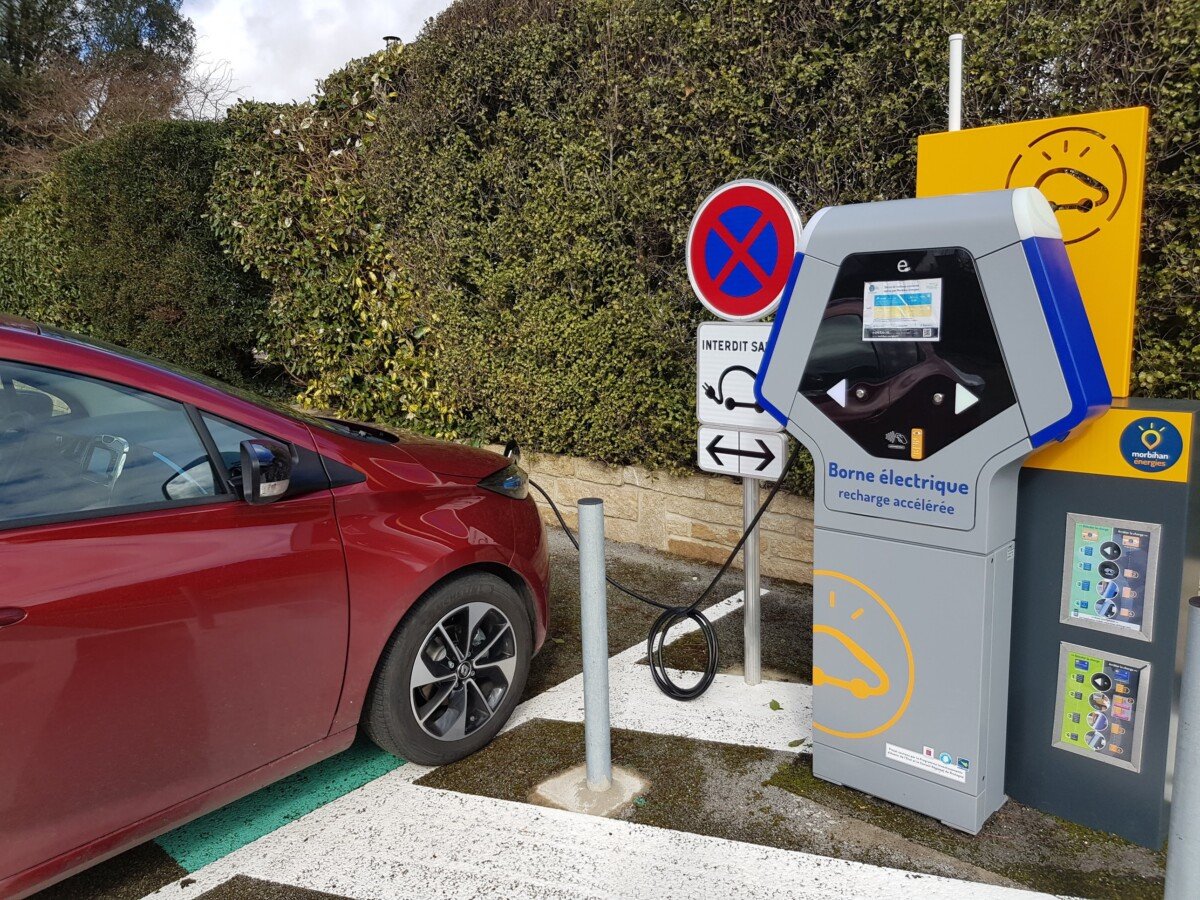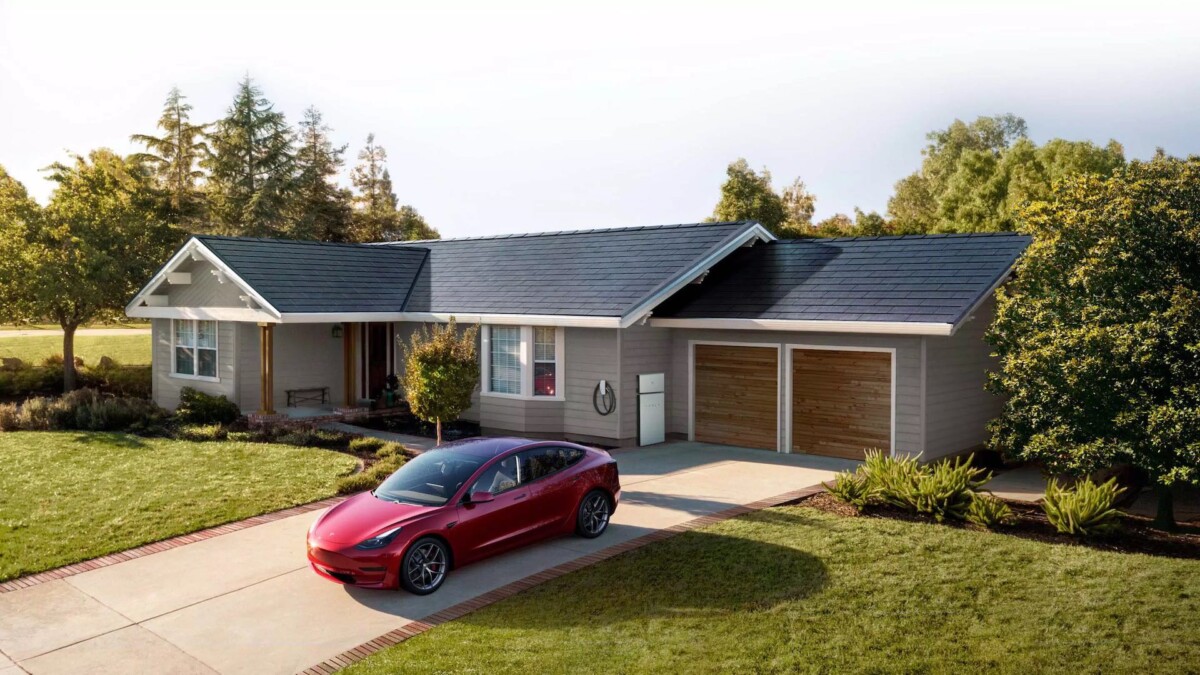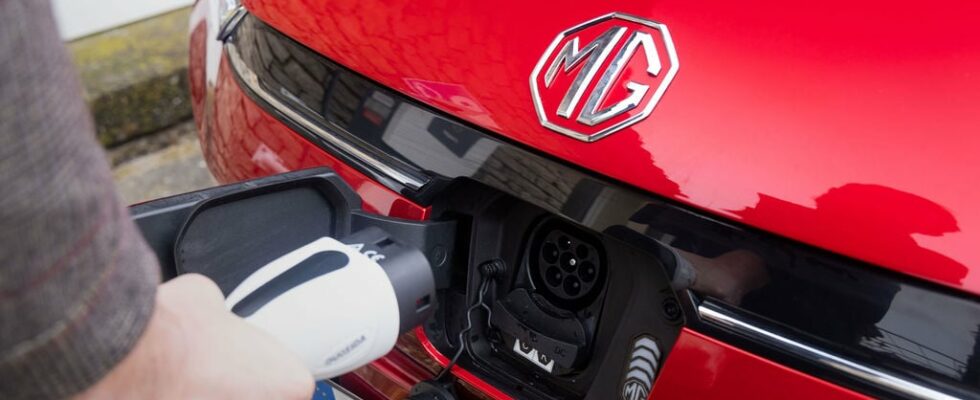When your electric car is finished charging, it can sometimes be annoying to have to unplug it. If certain charging locations require moving your vehicle, we will see that this is not always the case.
Among the questions about electric mobility, those related to charging come up frequently. How should I recharge, how often, how long will it take my car to be 100% charged or should I unplug my electric car after recharging are all legitimate questions for newbies.
We will focus on the last question, examining the different scenarios, and will see the possible risks of leaving your electric car plugged in after recharging. Don’t worry though: nothing bad will happen to the car if it stays plugged in once it’s at 100%.
The case of public terminals
Public terminals are those found on the road, in parking lots, or even in vacation spots. In essence, these are the terminals which are not at home or in a private place. On these terminals, the general rule is that they are locations dedicated to a charging electric car.

In other words, when a car is not charging, it should not be parked there. In all these cases, it is therefore imperative to unplug and move your vehicle when charging is complete. Indeed, the aim of these locations is to allow as many people as possible to take full advantage of them, and this requires adopting a good attitude towards recharging.
Some operators, like Tesla, can even apply additional costs if you leave your car plugged in after charging is complete.
If you know in advance that your vehicle will be 100% full in two hours, for example, there is no need to leave it plugged into a public terminal, without charging, for several dozen hours in a row. Of course, at home, it’s a different issue.
At home: I can stay connected
If you have a Wallbox or other home charging system, you are of course under no obligation to free up a charging space when yours is finished. The question is therefore no longer linked to what must be done to allow other users to benefit from charging, but rather to the possible risks of leaving a car plugged in when it is not charging.
In the overwhelming majority of cases, there is no contraindication to leaving your electric car plugged in at home when charging is finished. The few rare cases that may be problematic depend solely on your installation and its layout. Indeed, if a cable prevents you from moving around the vehicle in your garage, for example, it is in your best interest not to leave it plugged in unnecessarily.

One of the advantages of leaving your electric vehicle plugged in after charging is that it will be able to occasionally continue to draw energy from the network rather than emptying its battery. This is particularly useful for pre-conditioning the passenger compartment and the battery, or to combat vampire consumption which will cause you to lose a few percent of battery..
You can therefore safely plan your recharge when electricity is cheapest (often at night), and if your car charges from 10 p.m. to 3 a.m., there is no need to set an alarm to go and unplug it. Charging will stop by itself, and leaving the car plugged in does not pose a risk.
Another piece of advice that we see frequently is valid: if you are taking a long trip, several weeks in a row, you can leave your car plugged in by locking in the maximum charge level based on your battery chemistry. If you have an NMC battery, block charging to 80% maximum. In case of LFP battery, it is 100%.
How long does it take to charge an electric car?
Depending on the case, you will have no choice but to leave your electric car plugged in overnight, or even longer to fill it up completely. We will therefore explain the different cases in a table that you will find below, but to give you a general idea, remember this:
- One hour of charging from a domestic outlet adds 15 kilometers of range
- One hour of charging on a 7 kW Wallbox adds 50 kilometers of range
- One hour of charging on an 11 kW Wallbox adds 80 kilometers of range (only certain vehicles are compatible)
- One hour of charging on a 22 kW Wallbox adds 160 kilometers of range (only certain vehicles are compatible)
So, by charging for eight hours at home on a domestic socket, you get enough to travel around 120 kilometers, and you will fill almost all the electric cars on the market with a 7 or 11 kW Wallbox. For each power (in kW), you will add the equivalent in energy (in kWh) in one hour: one hour of charging on a 7 kW Wallbox will add 7 kWh to the battery.
| Charging type | Autonomy recovered in 1 hour | Time to add 60 kWh |
|---|---|---|
| 2.3 kW domestic socket | 15 kilometers | 26 hours |
| Reinforced socket 3.7 kW | 25 kilometers | 16 hours |
| Wallbox 7 kW | 50 kilometers | 9 hours |
| Wallbox 11 kW | 80 kilometers | 6 hours |
| Wallbox 22 kW | 160 kilometers | 3 hours |
| 50 kW fast charging | 250 kilometers | 1 hour 15 minutes |
| Fast charging > 150 kW | 500 kilometers | 30 minutes |
So, if you recharge a Tesla Model 3 Grande Autonomie and its 80 kWh battery on an 11 kW Wallbox, you will add 14% of battery per hour. If you instead have an MG4 with a 51 kWh battery, it will be 14% per hour of charging on a 7 kW Wallbox. Or, if you have a Renault Mégane e-tech EV60 with a 60 kWh battery, you will add 12% per hour on a 7 kW Wallbox, 18% per hour on an 11 kW Wallbox, and up to 37% per hour on a 22 kW Wallbox.
The charging routine
In conclusion, adopting a charging routine aimed at leaving your car plugged in every night is not harmful, quite the contrary. This is the most painless way to go electric, since you will wake up every day with a full battery.
Even if your electric car only charges a few percent per night if you don’t use it much, it’s no problem to leave it plugged in every night. In all cases, one 50% charge or five 10% charges will have the same effect on the electricity bill. But, in the second case, you will probably be much more peaceful on a daily basis, because the battery will always be full.
Also be sure to check your battery technology. If you have an NMC battery, do not charge to 100% if not necessary. This could prematurely wear out your battery.
